Sharpening: Our favorite articles
We’ve gathered a collection of our favorite sharpening articles and videos to get you on the right path to sharp tools.
If you’re going to have success with hand tools, there is no way of avoiding it – they need to be sharp. Here we’ve gathered a collection of our favorite sharpening articles and videos to get you on the right path to sharp tools. We’ve included information on sharpening handplanes, gouges, turning tools, and even planer knives. You’ll also find articles about waterstones and diamond sharpening.
Now is as good a time as any to get your woodworking tools sharp.
Chris Gochnour’s Sharpening Process
Chris Gochnour has been an avid hand-tool user for decades. When you use hand tools as much as he does, you get pretty good at sharpening. Sharpening is as much about process as it is the tools you use. Without a good sharpening process, the world’s most expensive tools aren’t going to help get you sharp. In this video, we let Chris’s process play out in real time, so you can see the speed of his methods for yourself.
By Chris Gochnour
Sharpening Jig for Planer Knives
Learn how to sharpen your planer knives without having to remove them from the machine. Unlike a jointer, you don’t have a surface adjacent to the cutterhead off which you can register the sharpening stone. Instead, you need to have the jig and sharpening stone ride on the cutterhead itself. Hendrik Varju takes you through his process of sharpening planer knives in-place with this shop-made jig.
By Hendrik Varju
Beautiful Carving Starts with a Keen Edge
Don’t let the mechanics of how to sharpen a gouge keep you from using your carving tools. This article will teach you how to sharpen a curved gouge, one of carving’s most basic and useful tools. Dan Faia takes you through the process of grinding a smooth bevel on a grinding wheel, honing the tool on a set of oilstones, and stropping to a fine edge.
By Dan Faia
Bob Van Dyke’s Sharpening Series
Bob Van Dyke, the founder and director of the Connecticut Valley School of Woodworking, answers questions from readers about keeping hand-tool blades sharp–with demonstrations and explanations of time-saving techniques in this 8-video video series.
By Bob Van Dyke
Get Sharp-Fast
Sharpening doesn’t have to be frustrating and mysterious. You can get and keep a keen edge on handplane blades and chisels and you don’t have to break the bank to do it. Lie-Nielsen’s sharpening expert shares the method he has been teaching at workshops across the country, using a honing guide, sandpaper, waterstones, a ruler, and a shopmade sharpening station.
By Deneb Puchalski
A User’s Guide to Waterstones
The more proficient you are at sharpening a blade, the more likely you are to keep your tools sharp. And sharp tools will help you raise the quality of your projects. In this article David Charlesworth shares his time-tested method for sharpening with waterstones. To get the most from waterstones, a disciplined approach to using, maintaining, and storing them is essential, and Charlesworth’s technique requires minimal effort.
By David Charlesworth
Get Sharp the Diamond Way
Woodworkers love to argue about the best sharpening method for their tools, and Brian Boggs has listened to most of the arguments, trying and losing patience with many of the methods out there. But more and more, he gravitates toward diamond sharpening these days. Diamond cuts fast and requires virtually no maintenance. It seems to sharpen every type of steel well, and is available in paste form in a wide array of grits, allowing Boggs to turn any piece of steel, aluminum, brass, or wood into a sharpening or honing tool. Read on for this veteran woodworker’s tips on how best to combine diamond stones, lapping plate, and diamond paste to get your tools super sharp and keep them that way.
By Brian Boggs
Turning for Furniture Makers: Sharpening
The first step to mastering any woodworking skill is to start with the right tools, and as usual, the best tool to start with is a sharp one. Professional furniture maker and instructor David Douyard starts his sharpening process at the slow-speed grinder, equipped with a Wolverine jig. While not absolutely necessary, the Wolverine jig makes grinding primary bevels quick and easy—and more importantly, repeatable. From there, David uses diamond paddles or his sharpening stones to create a micro-bevel on the very edge of the chisel or gouge.
By David Douyard
Handplane Sharpening
You’ll never get a handplane to perform the way you want it to until you get the blade truly sharp.
By Michael Pekovich
Fine Woodworking Recommended Products
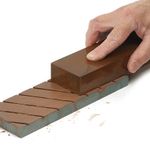
Norton Water Stones

Honing Compound
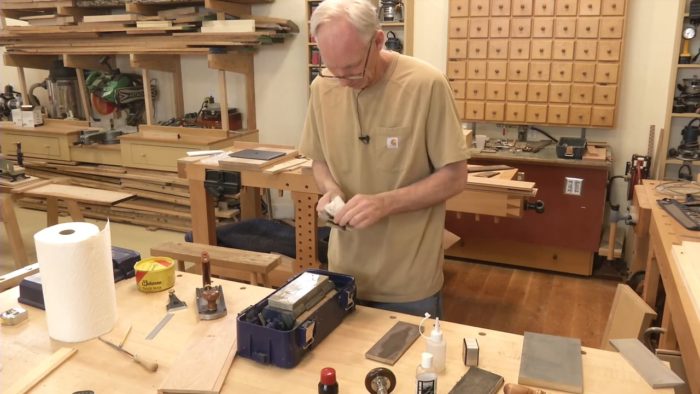
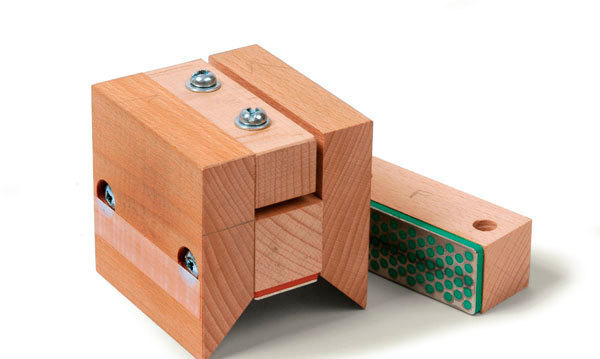
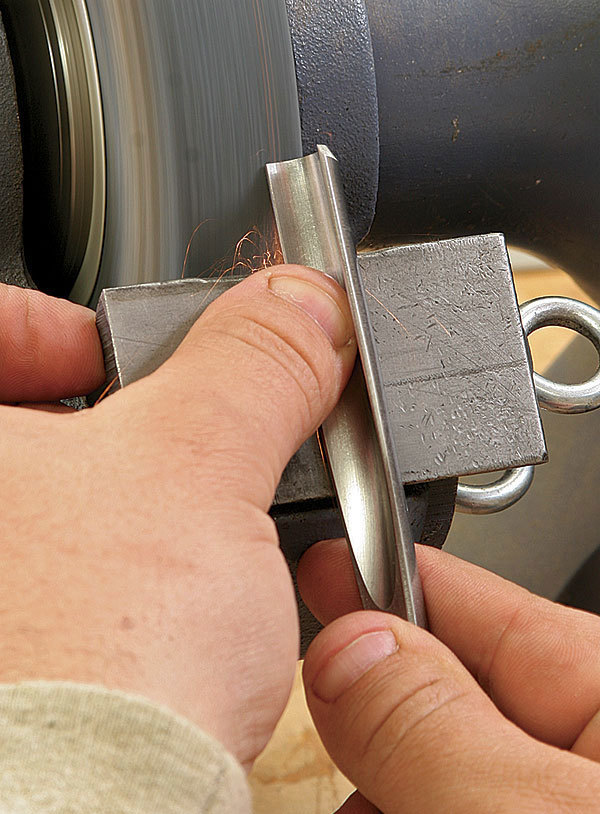

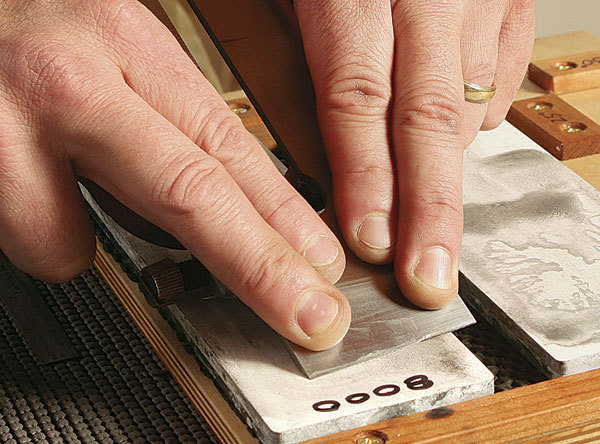

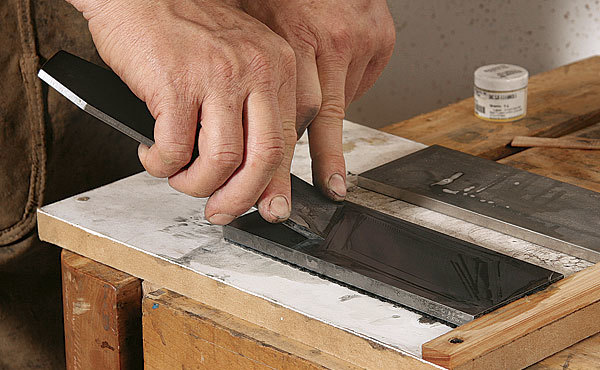
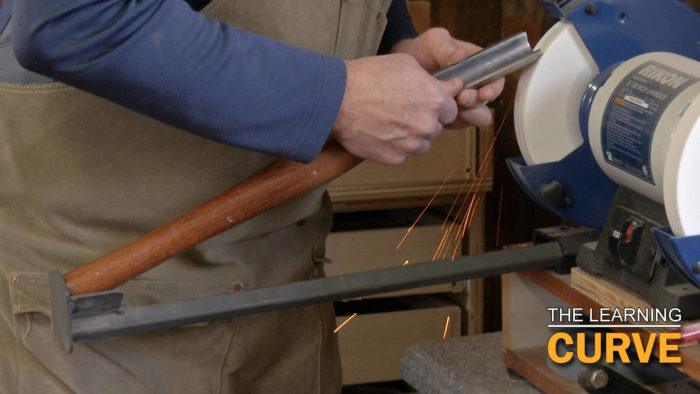
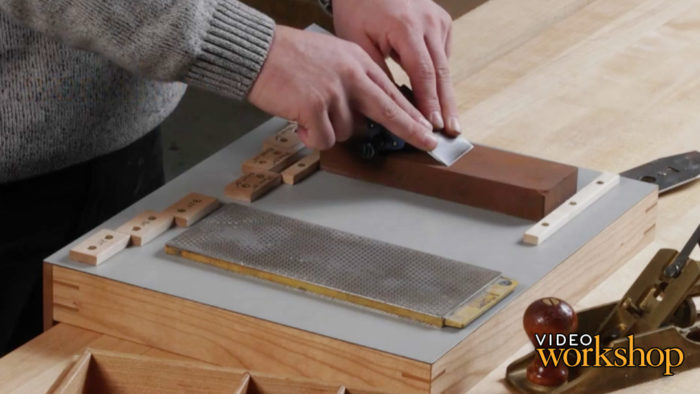
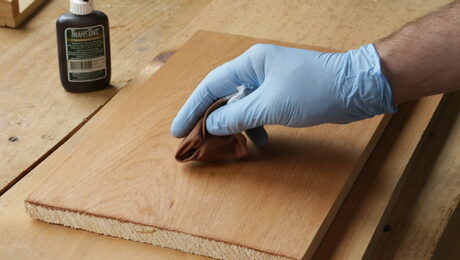
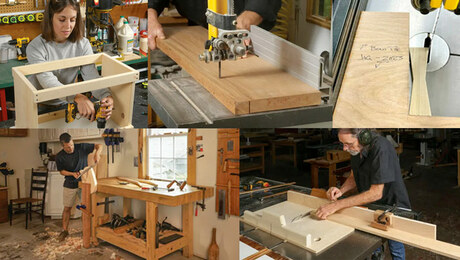
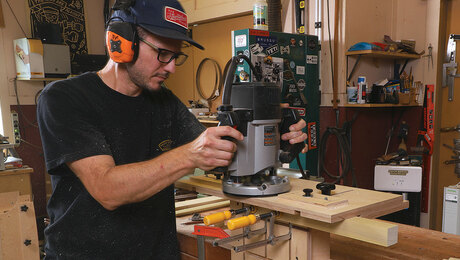













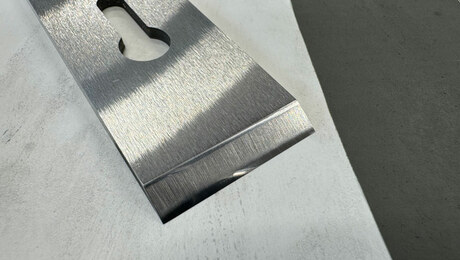








Comments
Looks like Deneb Puchalski has been using his plane to smooth concrete. I don't think an 8000 grit stone is going to cut it.
Log in or create an account to post a comment.
Sign up Log in